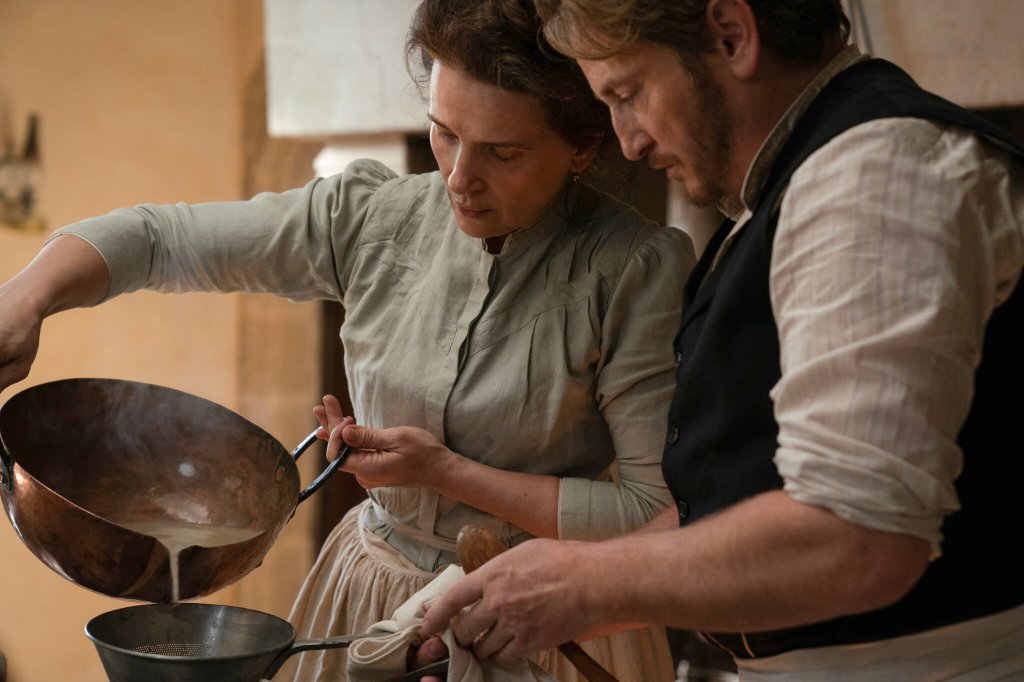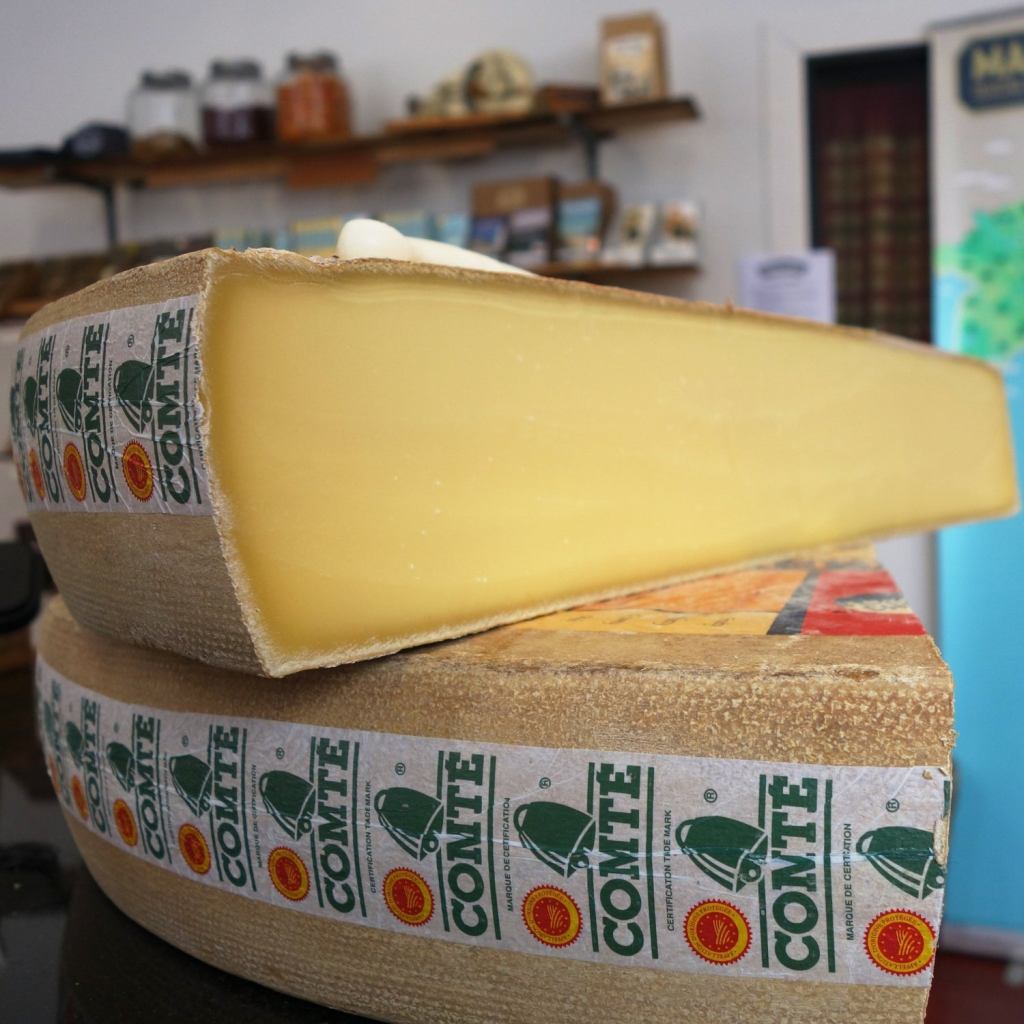
Blinded by the Light 15: Belonging
Hi, I’m 63 years old and unlike many of my friends, I’m not thinking about retirement, not even close. Instead, I work two jobs, and for the first time in nearly two decades, I awaken every morning free from deep, haunting existential economic fears. I think this means that after 20 years of intense struggle and depression, I’ve returned to the bottom rungs of the Middle Class. This blog is an exercise in figuring out what that means.
When I left the cheese business in 2014 to become a craft beer professional, it was the very definition of a bad breakup. I had spent 30 years in loyal, passionate service to the cause of making artisan cheese a part of New Yorkers culinary lives. I was proud of my work, and I was beginning to receive exceptional recognition for it via lengthy coverage in the New York Times and New York magazine. Yet, that summer, during my job search, I had been told by one industry leader whose products I plugged in the Times that I should take a minimum wage job and work my way up and a Brooklyn based store that was looking for someone to manage their new Manhattan location told me during what I presumed to be a job interview that they didn’t consider me as I was “so not the type.”
Eight years later when the ironic vagaries of the gig economy plunked me down, back in the cheese business, I was a little bit in denial. There were certainly applicable metaphors about returning to an abusive partner that I had to dance around. Early on, I told people that I worked for a wine emporium; my job just happened to be running the cheese shop that they opened. That bit of denial was reinforced when an industry professional took a look at my first month’s inventory and told me I should visit Murray’s Cheese and see what a real cheese shop looked like.
Acceptance issues are a cornerstone of my psyche. My siblings were born 12, 10 and 10 years before I hit the scene, so I was always trying to catch up. In the cheese world, I was of three African Americans that I worked with, and by the time I reached Bedford Cheese Shop in 2004, I was a generation older than most of my coworkers too. This never particularly bothered me; I excel at being a free-floating electron, but it felt unnecessary; amongst a cohort that desperately sought outsider status, I was the real thing, not a hipster imitation. When I was in the craft beer world, there were formal and informal networks of people of color and older workers too. I remain a little surprised that those bonds didn’t enable me to advance in the field, but unconscious bias is everywhere.
Signs of change in the cheese world began to arrive in early 2023. Bedford, which was under new management and ownership, began a monthly series called Monger Mondays, a networking event for cheesemongers, and unlike the early days of Bedford, and the crowd was often diverse. It felt like the world of cheese was growing up.
Then another remarkable occurrence happened in the autumn. I was inducted in the Guilde Internationale des Fromagers, kind of a Hall of Fame. The induction ceremony came with dinner at Daniel, one of the city’s top restaurants, where in addition to remarkable food, extraordinary wine flowed for hours,
While my coworkers and customers were impressed, I wasn’t sure what to make of the award. Then a few weeks later, when I went to the next Monger Monday gathering and entered the room, everyone stopped, stood and applauded.
I had always felt that my 30 years of experience, race and age, made me a weird outlier in the cheese business. In that moment, and ever since, I don’t feel so weird, so outlying or so old. It’s kind of nice. After all, I have so many other battles to wage, fitting in doesn’t need to be on the agenda.
Martin Johnson is a freelance writer whose work on music, sports and culture has appeared in the Wall Street Journal, NPR, Tidal, Bandcamp, Wine Enthusiast, Jazz Times, New York Times, Newsday, New York, Vogue, Rolling Stone, Huffington Post, The Root, Slate, The Atlantic, and numerous other publications and websites. He also blogs at Rotations, and he can be contacted at thejoyofcheese@gmail.com.








